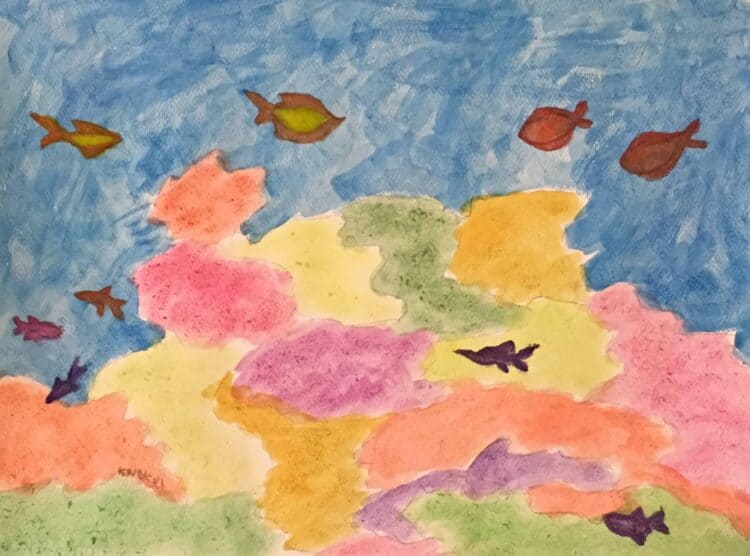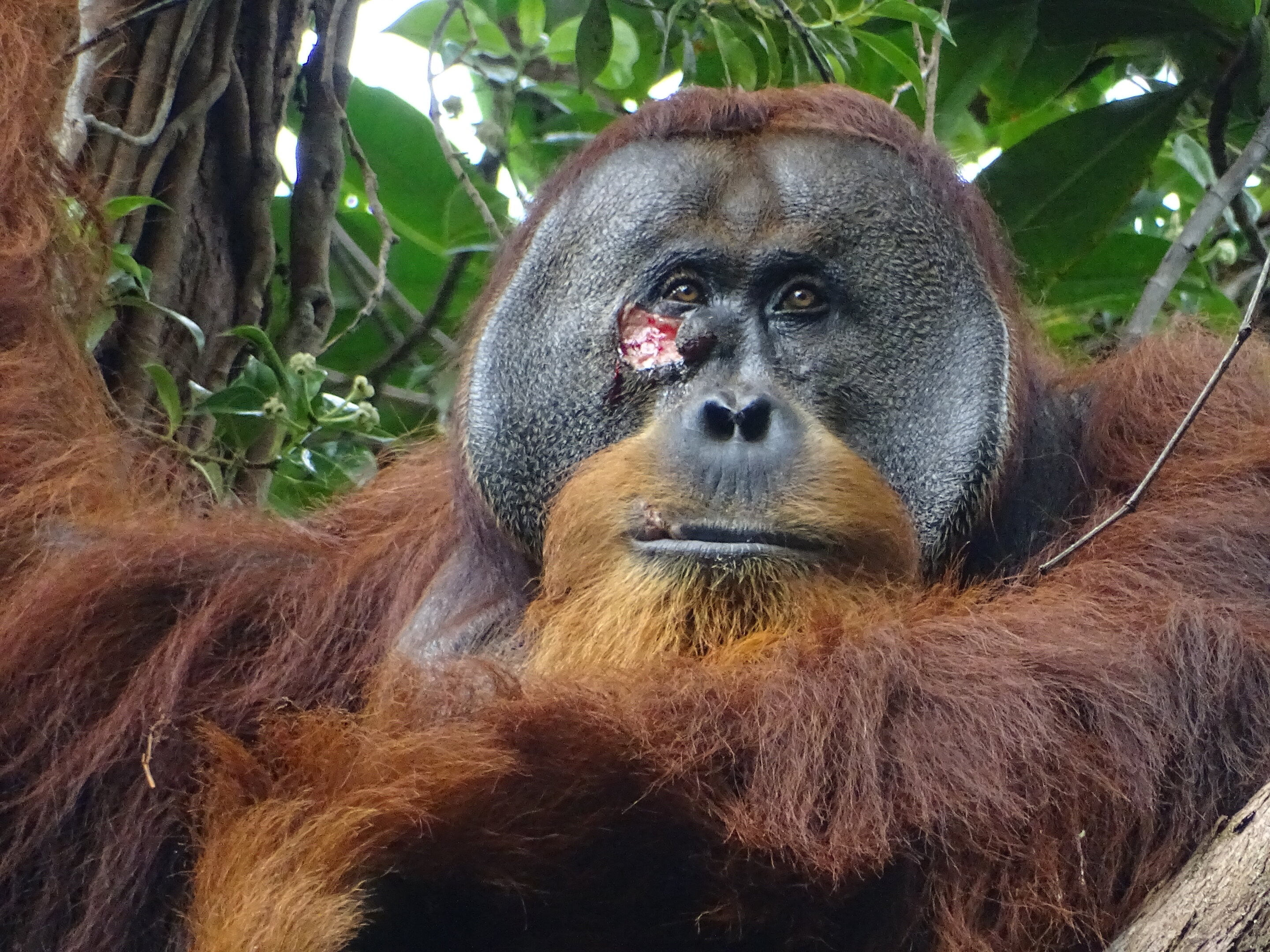As urbanization continues to expand, it is crucial to find ways to create cities that are not only livable for humans but also supportive of animal and wildlife populations.
By incorporating thoughtful design, conservation efforts, and community engagement, cities can become havens for biodiversity, promoting coexistence and enhancing the overall well-being of both humans and animals.
In this article, we explore 10 detailed and resourceful strategies to transform cities into animal and wildlife-friendly environments.
1. Preserve and Create Green Spaces
Source: BBC News/Youtube
Protecting existing green spaces like parks and gardens is essential, but it’s equally important to create new ones. Incorporate green roofs, vertical gardens, and pocket parks into urban planning to provide habitats for birds, insects, and small mammals. These green spaces also offer opportunities for residents to connect with nature.
Paris, which has very little green space, is making a shift. Through the power of small steps by residents, Paris is becoming greener by the day. Residents are planting gardens wherever they can.
2. Implement Wildlife Corridors
Design and implement wildlife corridors that connect different natural areas within the city. These pathways allow animals to move freely, reducing the risk of isolation and promoting genetic diversity. By incorporating wildlife-friendly infrastructure like tunnels, bridges, and underpasses, we can ensure safe passage for animals across urban landscapes.
The Burnham Wildlife Corridor, as seen above, is a 100-acre path of urban wilderness. It has three natural areas that provide a diverse habitat for migratory birds and other wildlife.
3. Promote Native Planting
Encourage the use of native plants in urban landscaping. Native plants provide food and shelter for local wildlife, Support pollinators, and require less maintenance than non-native species. Collaborate with community groups, garden centers, and landscape architects to educate residents about the benefits of native planting and provide resources for implementation.
The local government and environmentalists in Kansas City expressed the impact of European lawns. Now, they’re educating residents on native planting.
4. Adopt Bird-Friendly Building Standards
Source: CBS New York/Youtube
Implement bird-friendly building standards to reduce collisions with glass windows. This includes using fritted or patterned glass, installing window screens or external shading devices, and creating visible markers to help birds navigate around buildings. These measures can significantly reduce bird mortality rates in urban areas.
In New York City, they passed the world’s most bird-friendly building legislation. Three years ago, they made sure that all new buildings would have bird-friendly glass.
5. Establish Wildlife Conservation Programs
Work with local Conservation organizations to establish wildlife conservation programs. These initiatives can include habitat restoration projects, citizen science programs, and educational campaigns to raise awareness about the importance of protecting and coexisting with urban wildlife.
In Phoenix, Arizona residents are invited and encouraged to attend annual urban wildlife Conservation events.
6. Create Animal-Friendly Infrastructure
Source: BBC Earth/Youtube
Design infrastructure with animal-friendly features in mind. Install wildlife-friendly fencing, wildlife-friendly bridges over busy roads, and small wildlife escape routes in water bodies. Incorporating these elements into urban planning ensures that animals can navigate and thrive within the city safely.
The local government in Singapore understands that wildlife needs a place to go during rapid urbanization. So, they created a stop of infrastructure for animals to feel safe.
7. Encourage Community Gardens and Allotments
Source: CBS Pittsburgh/Youtube
Promote community gardens and allotments to provide additional green spaces and food sources for wildlife. These spaces also foster a sense of community and allow residents to connect with nature, creating a more harmonious relationship between humans and animals.
In Pittsburgh, PA an amazing garden has not only provided fresh fruit and vegetables but help to those with mental health issues. This community garden aims to cover a wide range of issues and help with multiple issues.
8. Implement Responsible Waste Management
Source: CBS 8 San Diego/Youtube
Develop and enforce responsible waste management practices to reduce the attraction of wildlife to urban areas. Encourage proper waste disposal, create wildlife-proof trash cans, and implement composting programs. By minimizing the availability of food sources, conflicts between humans and wildlife can be reduced.
The city of San Francisco launched a green waste initiative in October of 2023. They encouraged residents to compost through free green waste bins! These bins offer a way to keep wildlife out of garbage and away from harmful items.
9. Educate and Engage the Community
Source: Featherdale Sydney Wildlife Park/Youtube
Educate residents about the importance of wildlife Conservation and the role they can play in creating animal-friendly cities. Organize workshops, seminars, and educational programs to raise awareness about coexistence and the value of urban wildlife.
Featherdale Sydney Wildlife Park has the most native Australian species of any conversation park in the country. They offer great educational tools for teachers and parents!
10. Collaborate with Stakeholders
Collaborate with various stakeholders, such as local governments, businesses, NGOs, and community groups, to develop and implement animal and wildlife-friendly policies. By working together, cities can create a collective vision and take coordinated action to create sustainable, biodiverse, and animal-friendly urban environments.
On October 27, 2023, The Nature Conservancy and Civic Exchange co-hosted the Climate Forum on Nature-Based Solutions, which achieved considerable success. The event drew more than 90 in-person attendees, comprising government representatives, professionals from related industries, and interested corporate participants. Focused on Nature-Based Solutions, the forum served as a valuable platform for stakeholders to explore the transformative possibilities of NBS and their significance in addressing Climate change through both mitigation and adaptation efforts.
By implementing these 10 detailed and resourceful strategies, cities can transform into animal and wildlife-friendly environments. From preserving green spaces and implementing wildlife corridors to promoting native planting and responsible waste management, these initiatives promote biodiversity, coexistence, and a deeper connection with nature. By prioritizing the well-being of both humans and animals, we can create cities that are truly livable and sustainable for all.
This article by Trinity Sparke was first published by One Green Planet on 29 December 2023. Image Credit :John Gateru/Shutterstock.
What you can do
Help to save wildlife by donating as little as $1 – It only takes a minute.







Leave a Reply